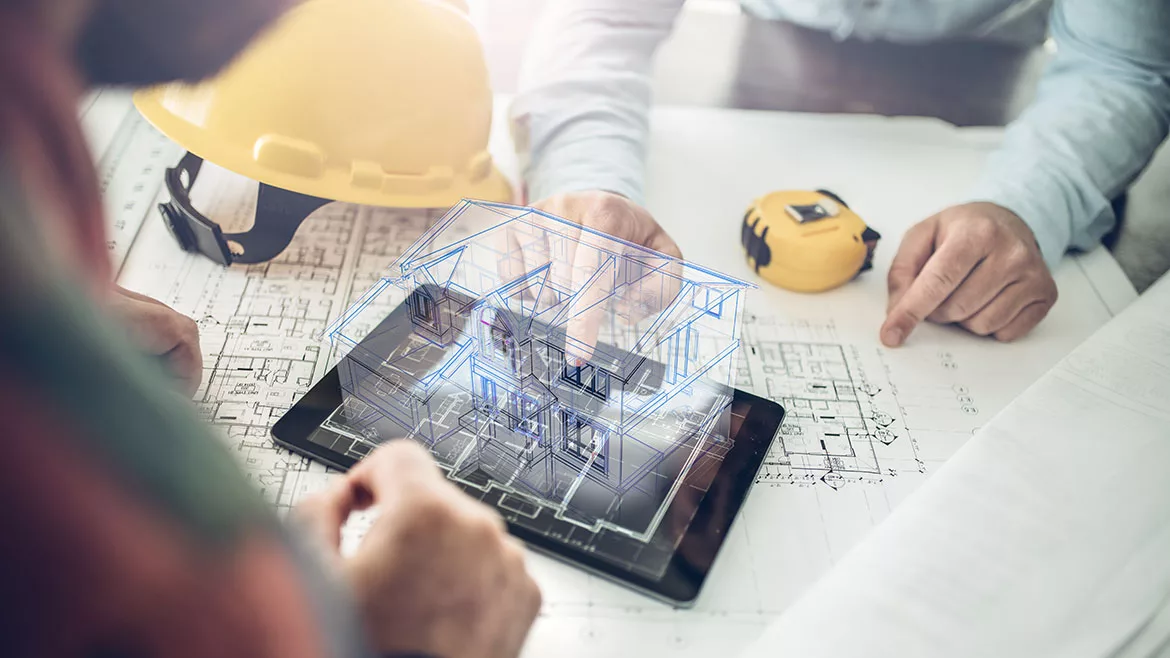Guard on Compliance | Misty Guard
ICC Group modifications for U.S. building and safety codes
Keeping up with technology.

Image courtesy of Warchi / E+ / Getty Images Plus
United States (U.S.) building and safety codes play a crucial role in facilitating product market access, driving U.S. commerce, and ensuring public health and safety standards are met. Along with the welcome change of season has come the International Code Council's (ICC) Group B proposals for modifications to the International Building Code (IBC) general and structural provisions; International Existing Building Code (IEBC) non-structural provisions; International Green Construction Code (IgCC) Chapter 1 and Appendix M; International Residential Code (IRC) building provisions; International Property Maintenance Code (IPMC), International Zoning Code (IZC), and the Administrative Provisions of all I-Codes except the IgCC and IRC. If you're looking to delve deeper into U.S. building and safety codes, I recommend checking out my previous articles titled "What Good Are the Base Model Codes?" and "Upcoming 2027 Code Development Cycles."
Technology in the built environment continues to evolve. Whether it is photovoltaic installations in businesses and residences, local energy storage systems, or connected buildings, proponents of these technologies have introduced proposals to make them safer and easier to install and minimize any unintended consequences of these products and their installation. The ICC Group B Committee Action Hearing (CAH) #1 occurred in April 2025 in Orlando, Florida. These hearings are the first step in ICC's multistep process, culminating with the publication of the 2027 codes. ICC received 1,032 proposals for the Group B codes; I'll highlight a few of particular interest.
Energy Storage Systems (ESS)
The County of Los Angeles Fire Department ("LACFD") has proposed changes to the definitions and requirements for these systems, clarifying that grouped units need to meet the same requirements as standalone units. ESS products are units designed to store electrical energy to be supplied in the future; these are often used with photovoltaic systems or as an alternative to standby generators. This proposal potentially modernizes the code to match new smaller capacity units that can be connected to contain much greater combined storage, aligning with interim guidance issued by the LACFD. In another proposal, the LACFD introduced recommended changes to the barriers from cars that protect these systems when installed in garages to minimize trip hazards and simplify their installation.
Whether it is photovoltaic installations in businesses and residences, local energy storage systems, or connected buildings, technology in the built environment continues to evolve.
Temperature control
Several southern U.S. cities have proposed changing "heating" to "temperature control." This change recommends that cooling technologies be required in warm temperature zones where the outdoor summer dry-bulb design temperature is above 85˚F to bring habitable rooms below 80˚F. This proposal doesn't specify air-conditioning as the only solution; fans and passive systems are also suggested to reduce temperature. The proponents of the change reason that this is a life safety issue, similar to the requirements for heat in cold climates.
Live-fire training buildings
Proponents from the state of New York proposed adding language to the IBC to treat these buildings as group "U" occupancies. These buildings are used for training firefighters in live-fire scenarios as part of their training evolutions. The National Fire Protection Association (NFPA) standard 1402-2019 is also suggested to be added to the IBC for these facilities.
Connected Building Management Systems: The National Electrical Manufacturers Association (NEMA) proposed a new appendix to the IBC to address Connected Building Management Systems (CBMS). In the proposed language, the proponent of the changes provides definitions regarding these connected systems, which are excerpted below:
CONNECTED BUILDING: A facility equipped with advanced digital technologies to enhance its operational safety and efficiency, energy efficiency, occupant comfort, and environmental sustainability. These technologies include various interconnected systems and devices that are managed through a centralized platform, often utilizing the Internet of Things (IoT), automation, and data analytics.
CONNECTED BUILDING MANAGEMENT SYSTEMS: Equipment that monitors and controls power within an electrical system and may include an energy management system, power control system, automatic load management system, or other building management systems that are connected to the internet and fully integrated.
DATA: Unprocessed values collected from various sensors and devices within a building. These sensors can monitor building and environmental conditions that provide a real-time picture of a building's operational state."
These definitions provide the potential to provide a clear understanding of a CBMS. They may enable building officials to understand and enforce requirements for these systems, which often provide for the occupants' comfort and, usually, their safety. In addition to the definitions, the proposed language addresses themes, such as the scope of the CBMS, requirements for documenting the system and its protocols, maintenance, and operation, as well as the need to address cybersecurity.
As innovations become more prevalent in the built environment, the U.S. building and safety codes continue to evolve and find solutions that ensure the built environment is safe and efficient. These changes are carefully considered and debated, resulting in the next generation of U.S. building and safety codes.
Understanding the intricacies of code development cycles can be challenging. Contact Regulosity for a tailored analysis specific to your organization's needs. Let us guide you through this complex landscape—we're here to help!
Looking for a reprint of this article?
From high-res PDFs to custom plaques, order your copy today!








